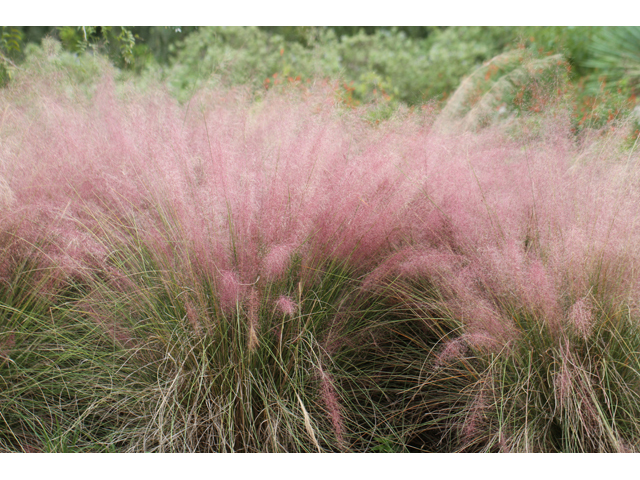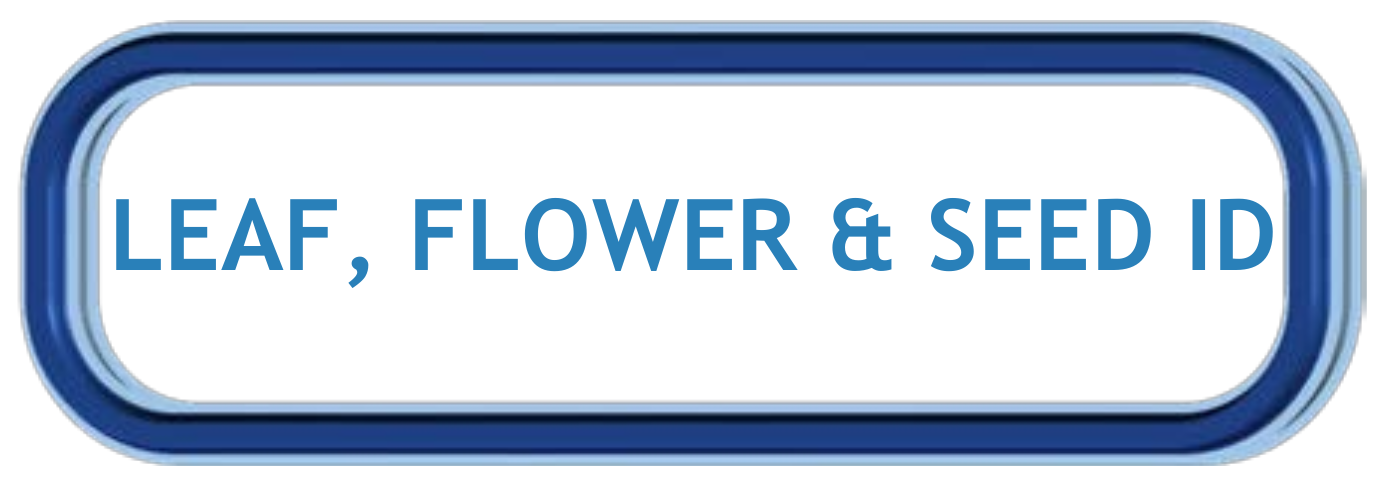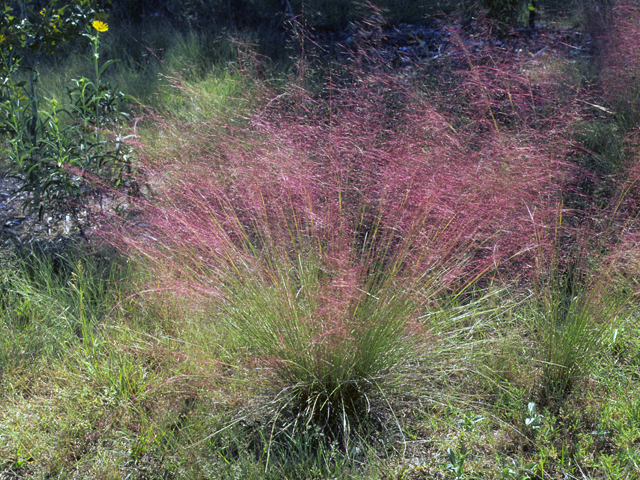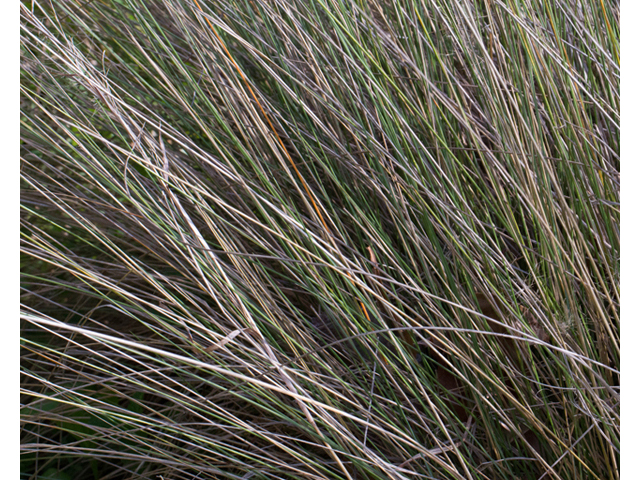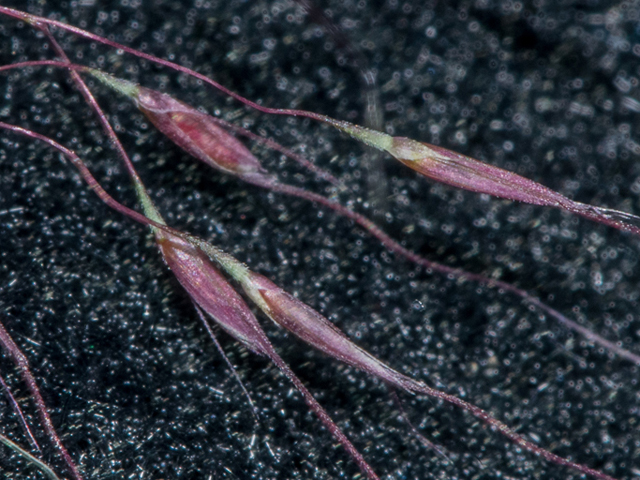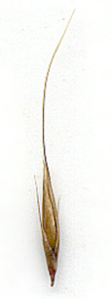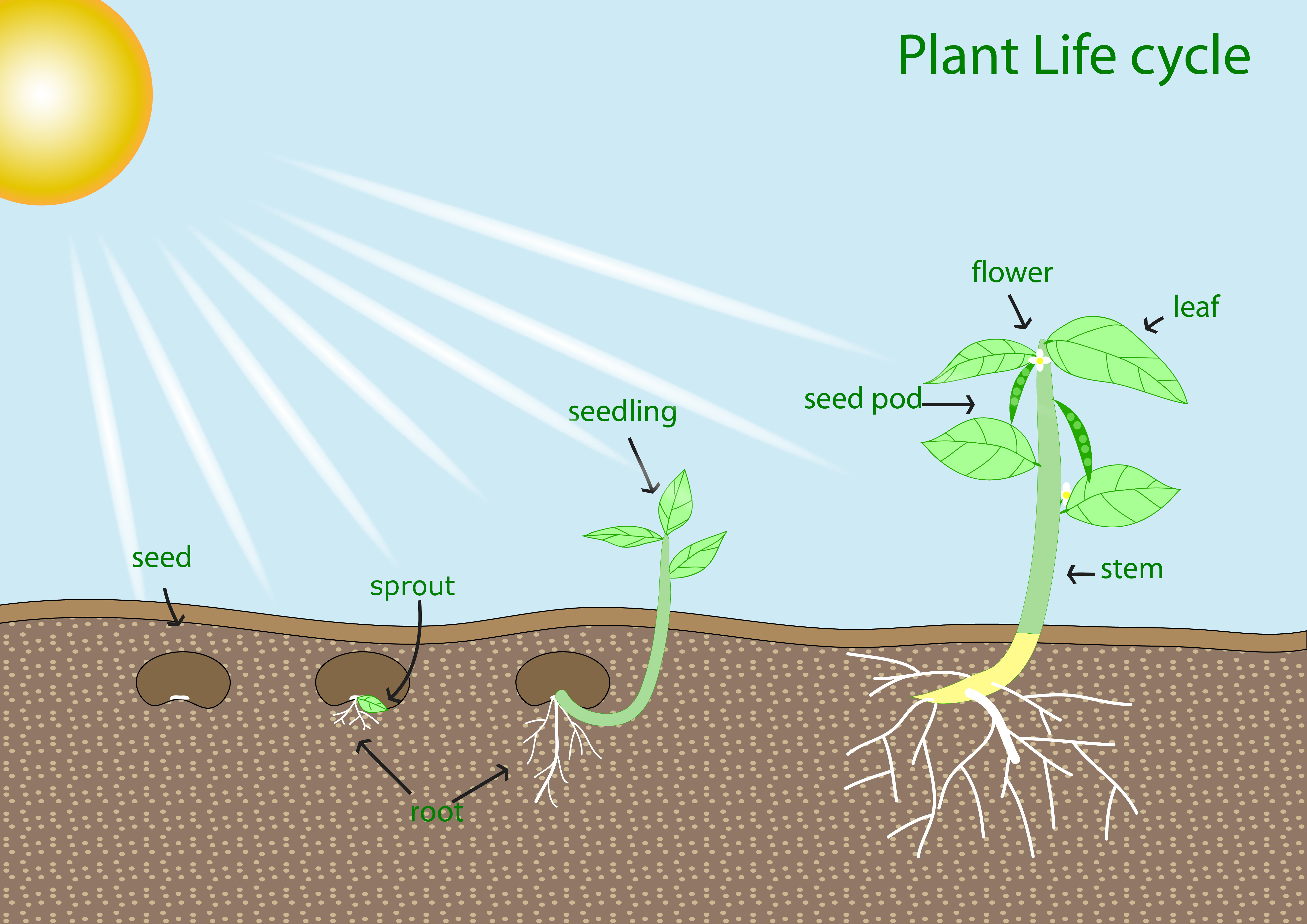Dig into Plants: Pink Muhly Grass
| Pink Muhly Grass Other Common Names: Hairy-awn Muhly; Gulf Muhly Scientific Name: Muhlenbergia capillaris Native to Alabama: Yes |
|
Lady Bird Johnson Wildflower Center - James Garland Holmes Click on image to enlarge it |
Learn more about...
| Ecological Benefits | |
| This plant provides food for: | |
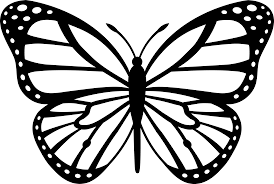 |
 |
| Butterflies | Other Birds |
| Other Plants Found in Alabama with Similar Ecological Benefits: |
||
| Cutover Muhly (Muhlenbergia expansa) |
Drop Seed (Muhlenbergia schreberi) |
|
|
|
|
|
| Habitat Requirements | |||
| This plant prefers: | |||
|
(6+ hours of sun per day) (2-6 hours of sun per day) |

Average Watering |
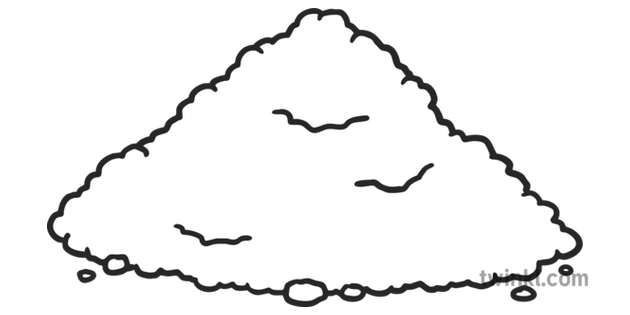 Well-drained, Sandy, Loamy, Clay, Well-drained, Sandy, Loamy, Clay, or Acidic Soil |
|
| Leaf, Flower & Seed Identification | ||||
| LEAF DESCRIPTION |
Ladybird Johnson Wildflower Center
James Garland Holmes Click on image to enlarge it |
|||
| Leaf Characteristics Chart (PDF) | ||||
| Shape: Linear |
Margin: Entire/Smooth |
Arrangement: Alternate |
Form: Simple |
|
|
|
|
|
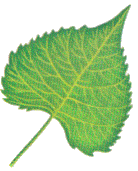 |
|
| Description: | ||||
| Dark, glossy, green leaves; appear hair-like; fine in texture; grow in a stiff and upright pattern | ||||
| FLOWER DESCRIPTION |
Lady Bird Johnson Wildflower Center - Peggy Romfh Click on image to enlarge it |
||||||
| Flower Shapes Chart (JPG) | |||||||
| Color: Pink/Pinkish-red |
Shape: Inflorescence/Raceme (cluster of flowers) |
Bloom Months: Aug - Nov |
|||||
| Description: | |||||||
| Showy, open and airy; loosely branched 12" long inflorescences that appear above foliage; Provide a pinkish haze | |||||||
| SEED DESCRIPTION |
Lady Bird Johnson Wildflower Center
Sam C. Strickland Click on image to enlarge it |
||
| Type: Fruit - Caryopsis (dry, one-seeded fruit) |
Description: Grain-like seeds; purple/pink in color; tan seed plumes remain on the plant throughout winter |
Months in Seed: Sep - Nov |
|
| Plant spreads by: | |||
| Seeds Does not spread by rhizomes; Seeds germinate in light conditions and require some moisture |
|||
ADDITIONAL RESOURCES FOR TEACHERS
| Quick Fact Sheet (Condensed Species Info) |
Plant ID Sign: Ready as-is PDF |
Plant ID Sign: Editable Word Doc |
QR Code (Links to this Webpage) |
INFORMATION SOURCES FOR THIS PLANT
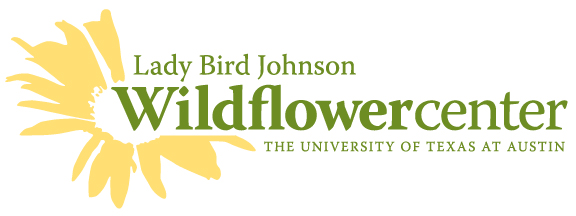 |
 |
|
|
|
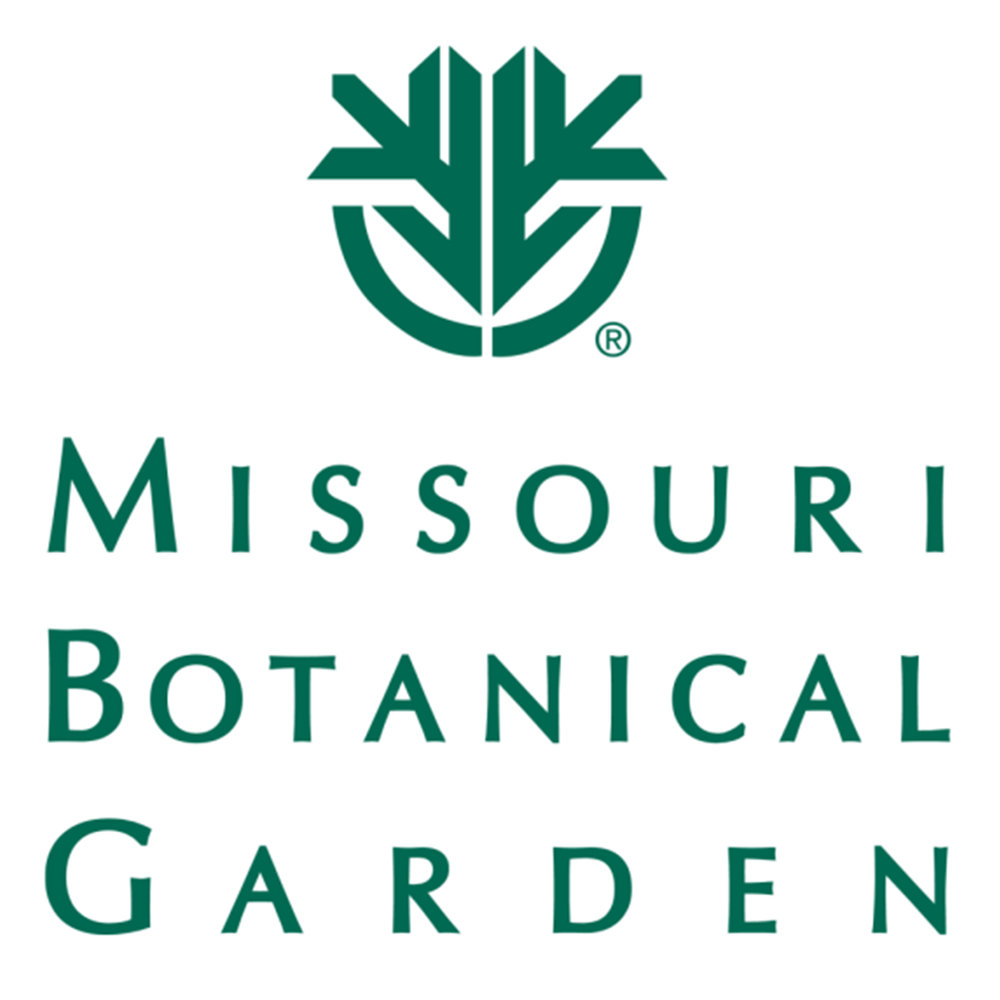 |
|
|
|
 Wildlife Tag
Wildlife Tag
